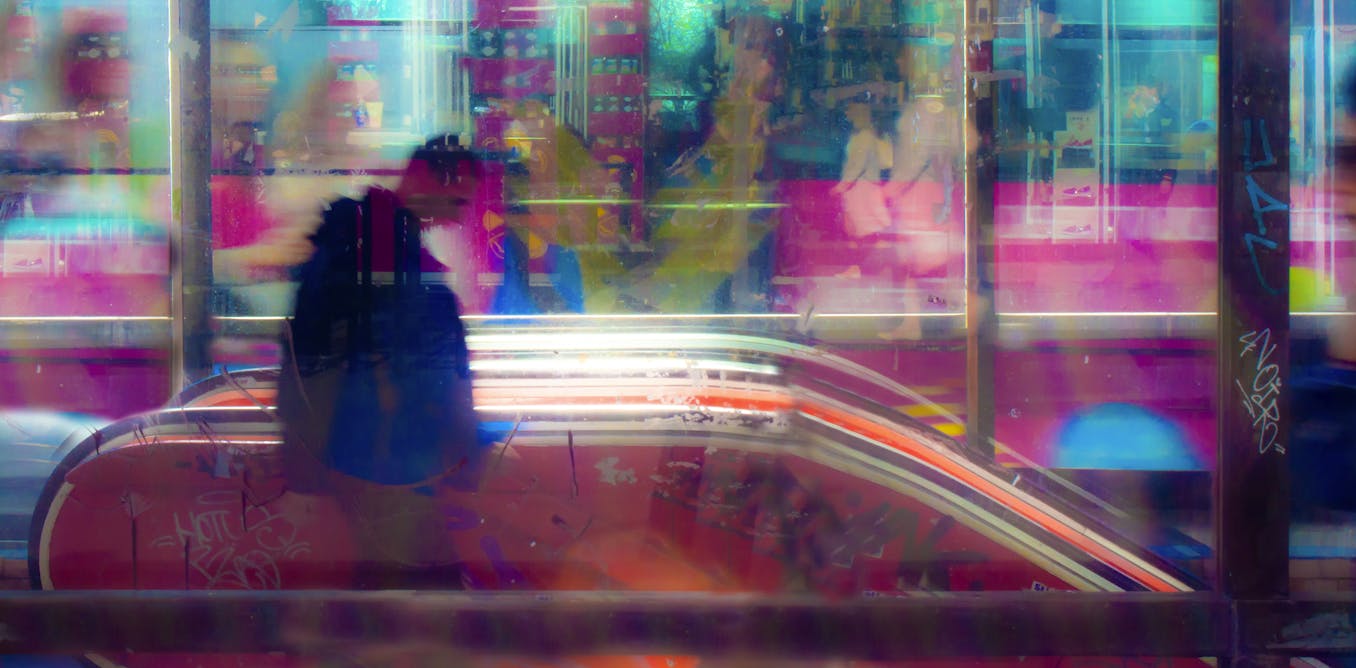At the opening for Hauser & Wirth’s new gallery in Basel earlier this week, a few people leaned to whisper that they had never heard of Vilhelm Hammershøi, whose museum-quality exhibition inaugurates the space, curated by art historian Felix Krämer.
The Danish painter (1864–1916) remains relatively obscure, though his inclusion in a number of international exhibitions at venues from the Royal Academy of Arts in London to the Tokyo Metropolitan Museum of Art, has garnered him a growing, almost cultish following. And that following will likely only grow, especially in the United States, as the Art Institute of Chicago recently purchased his 1907 painting, Interior. The Music Room, Strandgade 30, for a record $9.1 million at Sotheby’s last year.
“It’s really beautiful to show such a historical, well-known artist, who is still kind of an unexpected surprise,” said dealer Carlo Knoell, who recently closed his eponymous gallery to join Hauser & Wirth as a senior director.
Hammershøi was also an anomaly for his time. Influenced by 17th-century Dutch painting, particularly Johannes Vermeer, Hammershøi veered into his own way of making, which feels fresh even today. Described as a painter of “silence” and melancholy, Hammershøi renders stark gray interiors. Pared-down versions of what he observed in the rooms of his Copenhagen apartment, they lean toward the surreal.
Titled “Vilhelm Hammershøi. Silence.” and featuring 16 works, the exhibition shows off Hammershøi’s signature stark restraint and somber gray palette. On view are a few actual masterpieces that are a rare treat to see in person. Hammershøi’s paintings feel very much alive.
The air hangs thick in these foggy, blurred scenes, so much so that this stillness feels not dismal but hopeful. In their cold stillness, these paintings are heaving. Some works show nearly empty rooms, like Interior in London, Brunswick Square (1912), in which the London fog seeps in to the three paned windows, while others show a woman, usually Hammershøi’s wife from behind, the nape of her neck the only skin exposed. She often stands still, to the side of a table, as she does in Interior with a Writing Desk (1900), showing rays of light diffusing the tension of the scene as the woman appears to read a letter. The gallery space’s history as a 19th-century silk ribbon factory adds to the ease of the display here, a comfortable home in which to take it all in.

The post “Vilhelm Hammershøi’s Paintings Still Thrum with Uneasy Tension More than a Century Later ” by Maximilíano Durón was published on 06/14/2024 by www.artnews.com


































